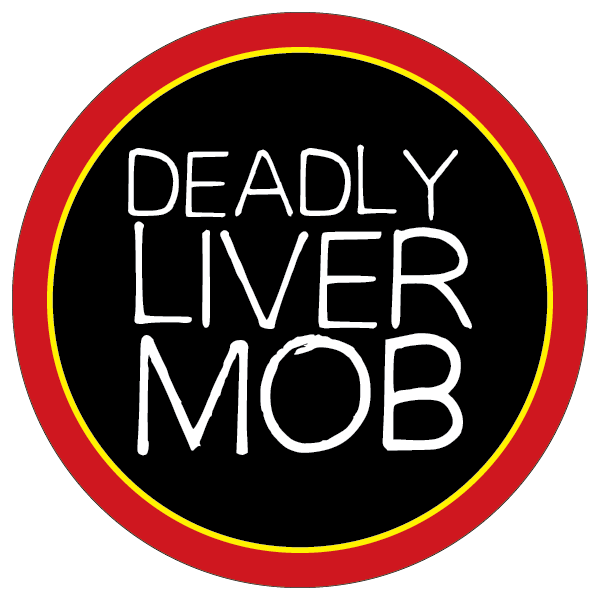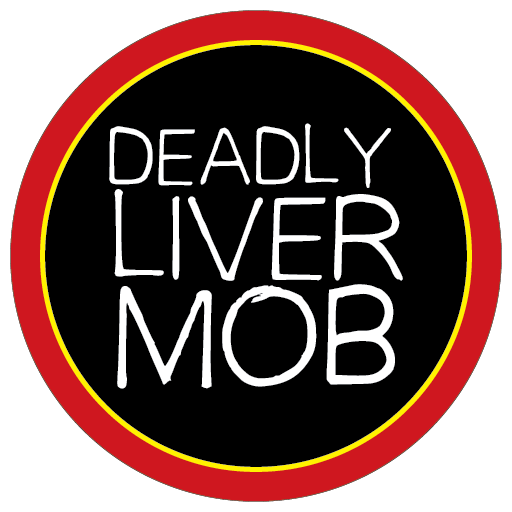Sexually transmissible Infections (STIs) and blood borne viruses (BBVs) are an ongoing public health challenge for many urban and regional Aboriginal communities in Australia. Rates of Hepatitis C virus (HCV) among Aboriginal people have increased over the last five years despite rates decreasing for the rest of the general Australian population (The Kirby Institute 2018). It is estimated that approximately 8% of diagnosed cases of HCV are among Aboriginal people (Department of Health 2014a), who make up just 3.1% of the population (ABS 2018). Hepatitis B virus (HBV) is also an issue for Aboriginal people at a rate approximately double that of non-Aboriginal Australians (Kirby Institute 2018).
In NSW, rates of chlamydia and gonorrhea among Aboriginal people are somewhat incomplete due to systemic issues related to reporting cases by Aboriginality. However, studies conducted by Aboriginal community-controlled health and sexual health services show that the burden of disease associated with these infections is significantly higher for Aboriginal people in NSW compared to non-Aboriginal people in NSW. This disparity can be observed in studies which suggest positive chlamydia rates are between 10% and 17.3% for Aboriginal people (Graham et al. 2015; O’Connor et al. 2014), whilst the overall population rate in rural and regional NSW and VIC is 4.6% (Young et al. 2014).
Among Aboriginal women aged, 15-19, 20-24, 25-29 and over 30 years, the prevalence rate for gonorrhea was 9.7%, 6.7%, 4.7% and 3.1%, compared with less than 1% in all age groups of non-Aboriginal women (Reekie et al. 2017).
HIV notification rate has been higher in the Indigenous population since 2009 and in 2017 was 1.6 times as high (4.6 per 100 000 vs. 2.8 per 100 000) (Kirby Institute 2018). In 2014, the highest ever number of newly diagnosed cases of HIV were recorded in any single year among Aboriginal people, since data were first collected in 1992 on Aboriginality (Department of Health 2014b).
Notice should be taken from the Canadian context of HIV among Aboriginal and First Nations people, where in just over a ten-year period, rates of HIV infection escalated to a disproportionate level. In 2012, 23.3% of all HIV diagnoses were among Aboriginal and First Nations people, despite representing only 3% of the total population (Macphail & McKay 2018).
Of concern for Aboriginal HIV diagnosis is the difference in the profile of newly diagnosed cases. In the period 1993-2014, higher rates of HIV were reported among Aboriginal heterosexual people (28%) compared with non-Aboriginal heterosexual people (14%), among women (Aboriginal 26% vs. non-Aboriginal 7%); and among people who inject drugs (Aboriginal 16% vs. non-Aboriginal 3%) (Department of Health 2014b). These three combined factors create a powerful base for HIV to escalate rapidly as it has in Canada because the population groups affected are not restricted to a minority of the population such as men who have sex with men.
It is within this health context that Deadly Liver Mob aims to increase awareness, screening and testing for STIs and BBVs in Aboriginal communities.
References
Australian Government Department of Health 2014a, Fourth national hepatitis C strategy 2014-2017, Department of Health, Canberra.
Australian Government Department of Health 2014b, Seventh National HIV Strategy 2014-2017, Department of Health, Canberra.
Graham, S, Wand, H, Ward, J, Knox, J, McCowen, D, Bullen, P, Booker, J, O’Brien, C, Garrett, K, Donovan, B, Kaldor, J & Guy, R 2015, ‘Attendance patterns and chlamydia and gonorrhea testing among young people in Aboriginal primary health centres in New South Wales, Australia’, Sexual Health, vol. 12, pp. 445-452.
Kirby Institute 2018, Bloodborne viral and sexually transmissible infections in Aboriginal and Torres Strait Islander people: annual surveillance report 2018, Kirby Institute, UNSW Sydney, Sydney.
Macphail, C & McKay, K 2018, ‘Social determinants in the sexual health of adolescent Aboriginal Australians: a systematic review’, Health and Social Care, vol. 26, no. 2, pp. 131-146.
O’Connor, C, Ali, H, Guy, R, Templeton, D, Fairley, C, Chen, M, Dickson, B, Marshall, L, Grulich, A, Hellard, M, Kaldor, J, Donovan, B & Ward, J 2014, ‘High chlamydia positivity rates in Indigenous people attending Australian sexual health services’, Medical Journal of Australia, vol. 200, no. 10, pp. 595-598.
Reekie, J, Donovan, B, Guy, R, Hocking, J, Kaldor, J, Mak, D, Pearson, S, Preen, D, Wand, H, Ward, J & Liu, B 2017, ‘Trends in chlamydia and gonorrhea testing and positivity in Western Australian Aboriginal and non-Aboriginal women 2001-2013: a population based cohort study’, Sexual Health, vol. 14, pp. 574-580.
Young, A, Temple-Smith, M, Fairley, C, Valsey, A, Guy, R, Law, M, Low, N, Bingham, A, Gunn, Kaldor, Donovan, B & Hocking, J 2014, ‘Chlamydia prevalence in young attenders of rural and regional primary care services in Australia: a cross-sectional survey’, Medical Journal of Australia, vol. 200, no. 3, pp. 170-175.

